One of the Bedrooms in This Sustainable South Africa Home Is on Wheels
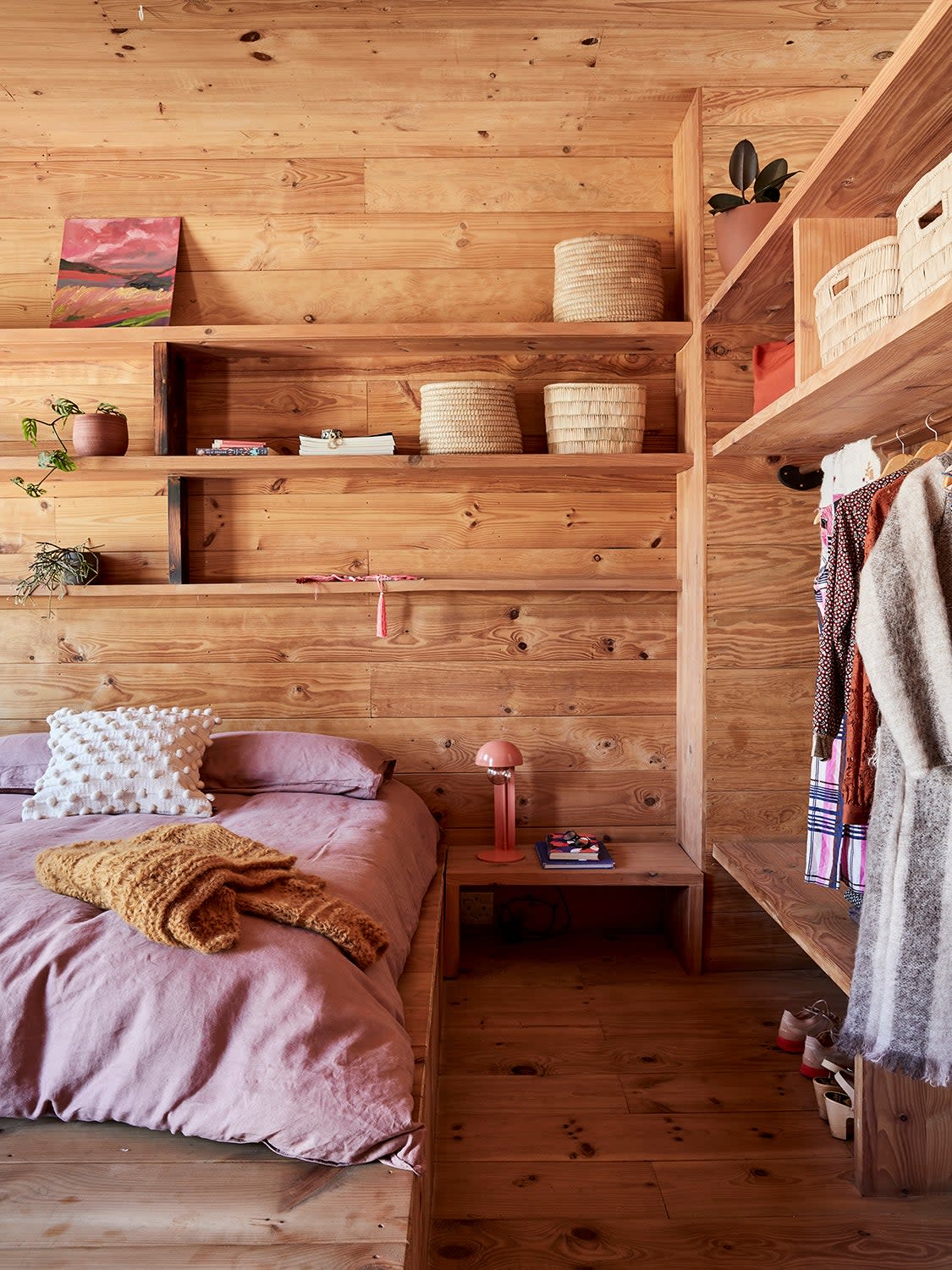
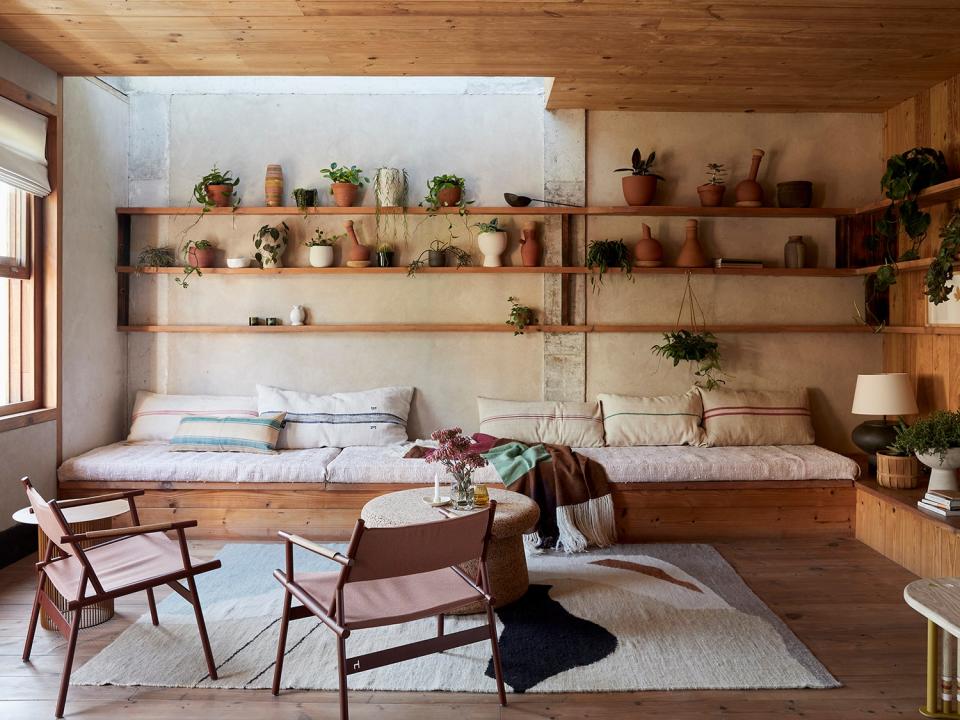
When you think of hemp in a home, you probably picture scratchy pillowcases or beige curtains. But in one South Africa–based architect’s house in Bo-Kaap, a neighborhood in Cape Town that is known for its narrow cobblestone streets lined with colorful houses, hemp takes on an entirely different role. The house itself is constructed from wood and industrial hemp. Also known as hempcrete, the material drastically reduces heating and air-conditioning costs.
Another perk? It actually absorbs more carbon than it emits during its manufacturing process, making it carbon negative. “It grows quickly, requires little water, and has no pesticides or herbicides, as it is inherently pest resistant, so its cultivation can be completely toxin-free,” notes the home’s owner and architect, who goes simply by Wolf. No wonder he was itching to use it for years.
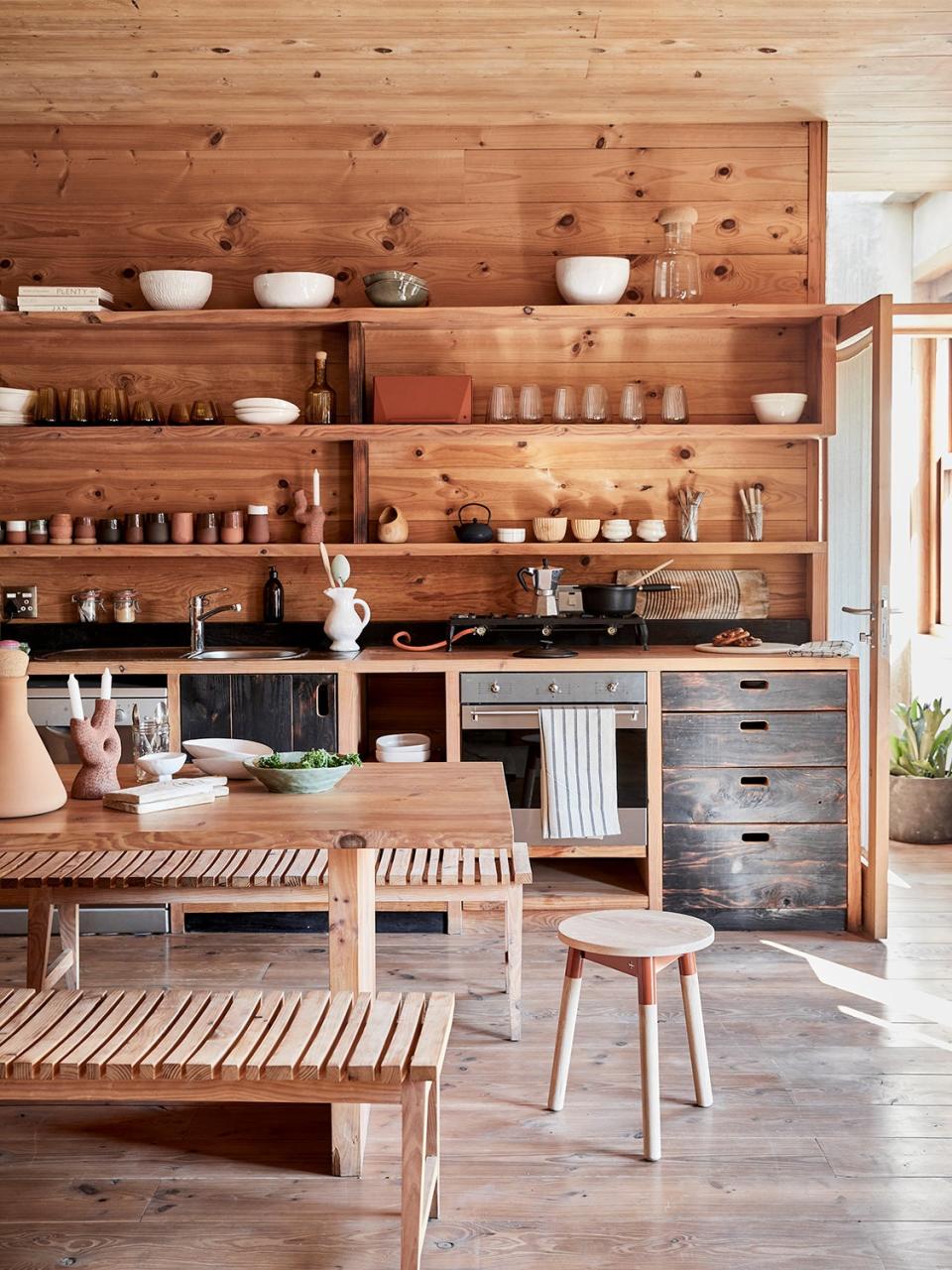
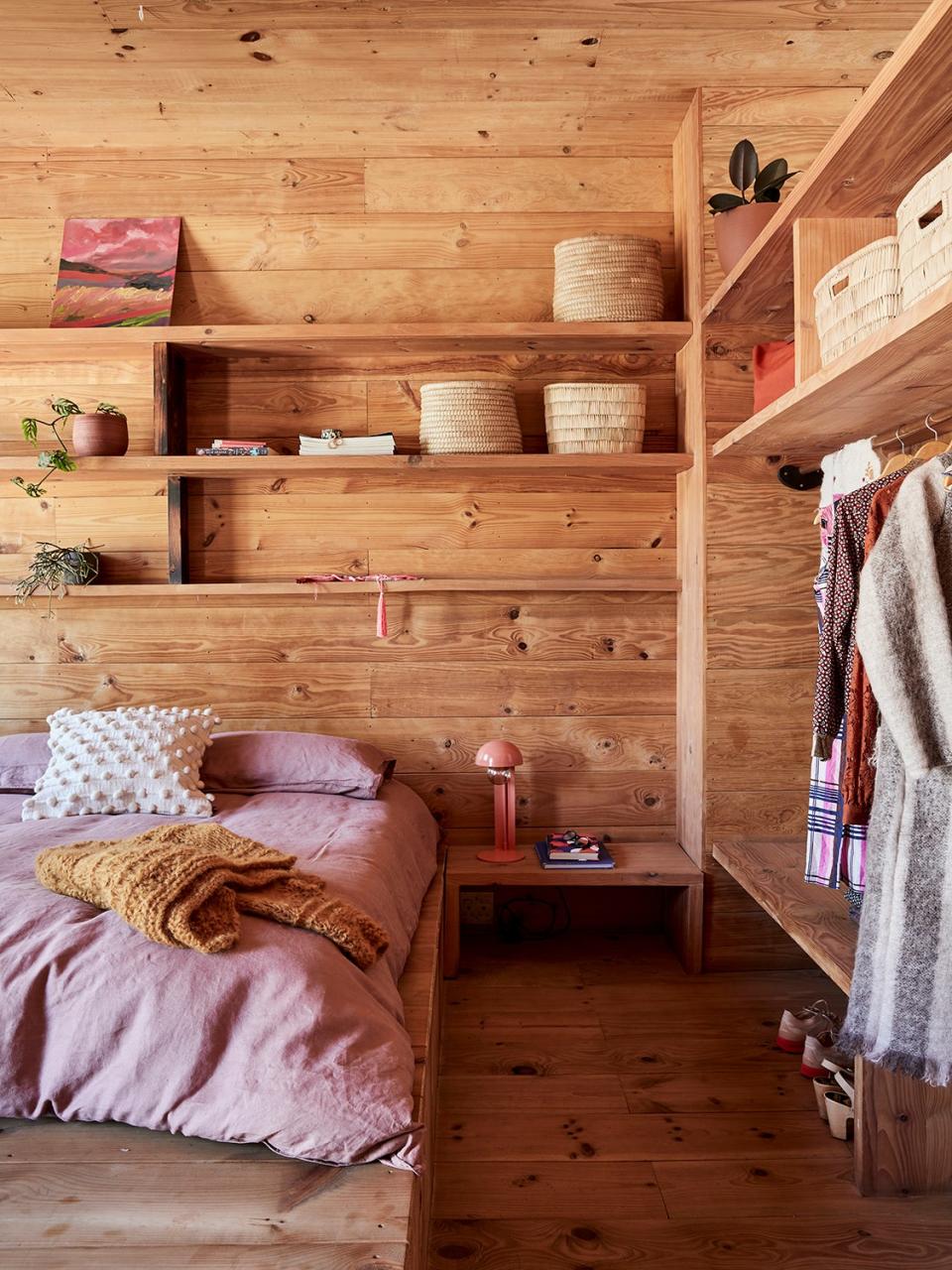
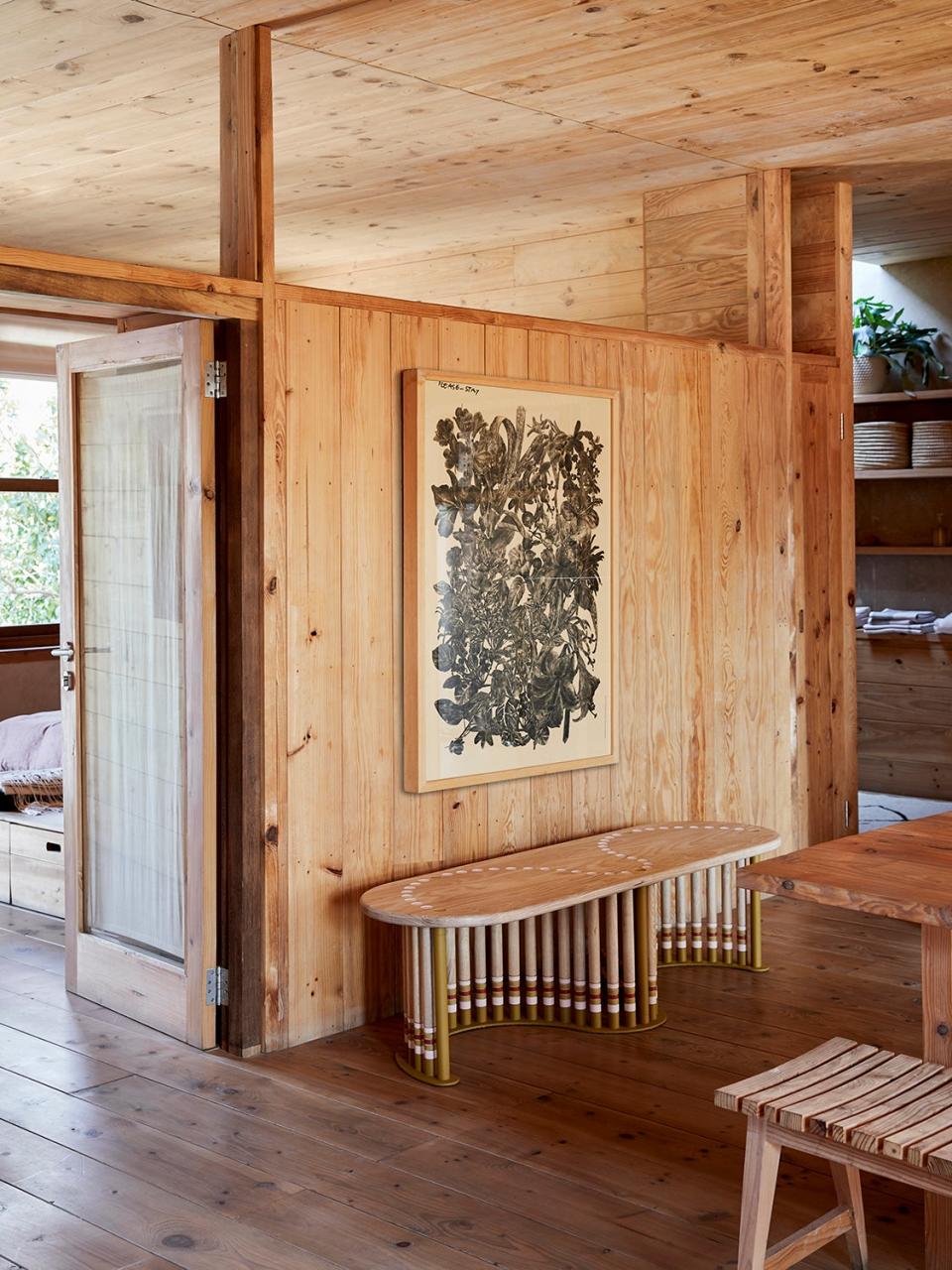
Before constructing the place from scratch, Wolf, the founder of Wolf + Wolf Architects, lived next door in a semidetached house. When the roughly 1,000-square-foot plot became available eight years ago, he jumped at the opportunity to build the area’s first hemp home and prove that new, modern construction can be sustainable. In addition to the hempcrete, it boasts a built-in water catchment, a bio-digester in the basement, and a greenhouse on the roof with the potential for an aquaponic system. The real kicker: It only took him 10 months to build the place. “For me, the house was an important next step in my journey toward making hemp accessible as a sustainable building material in South Africa,” he shares.
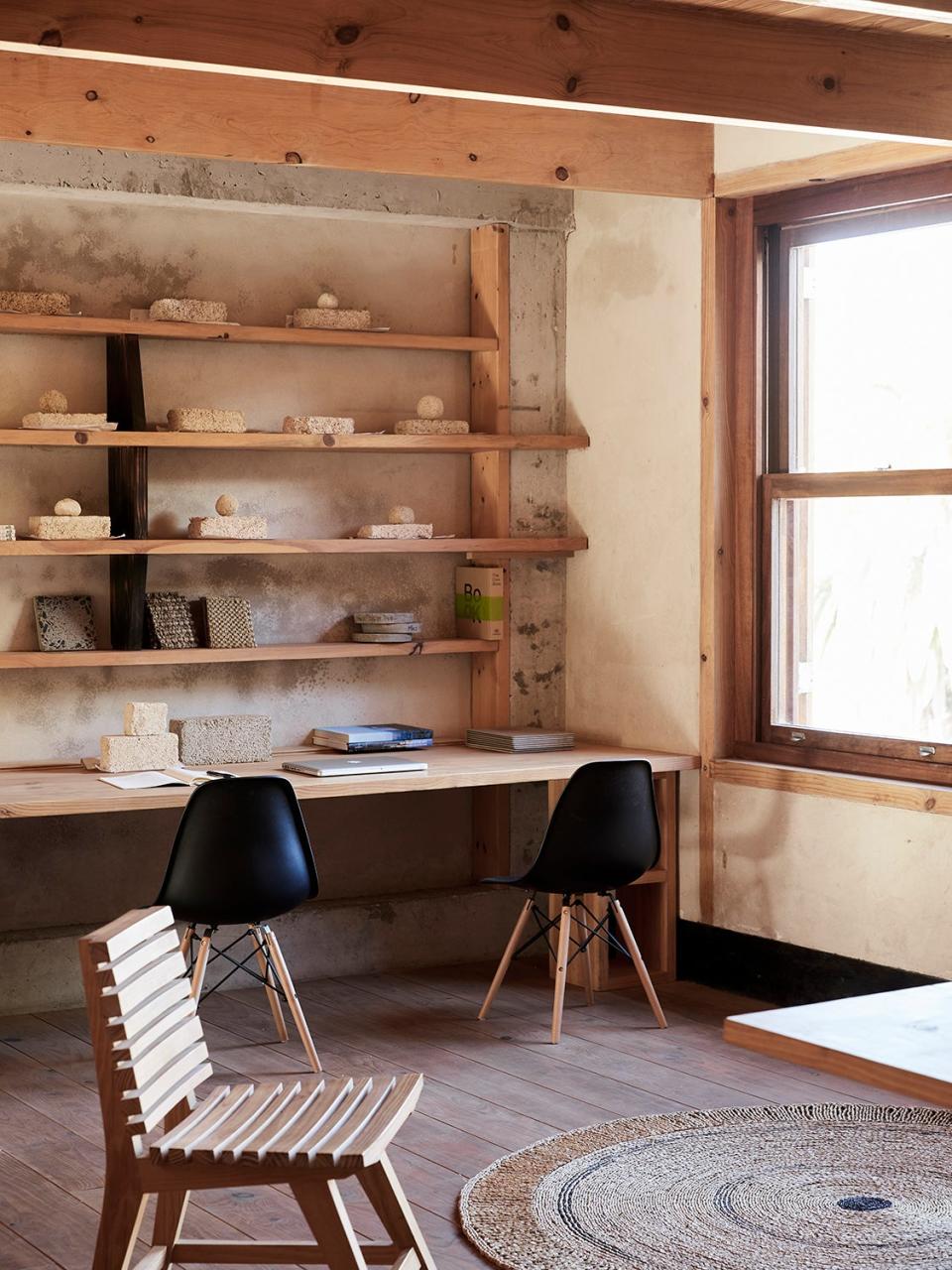
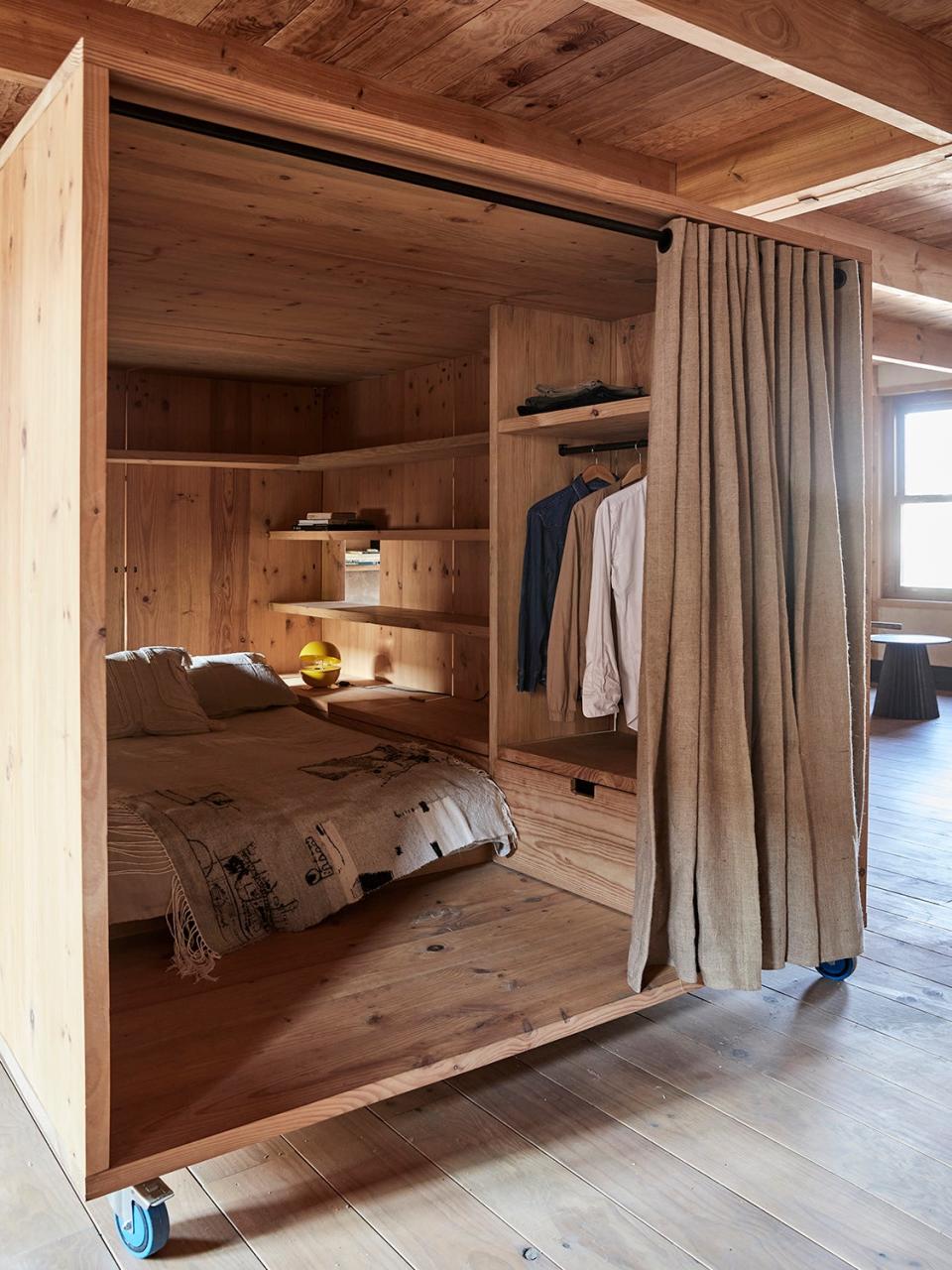
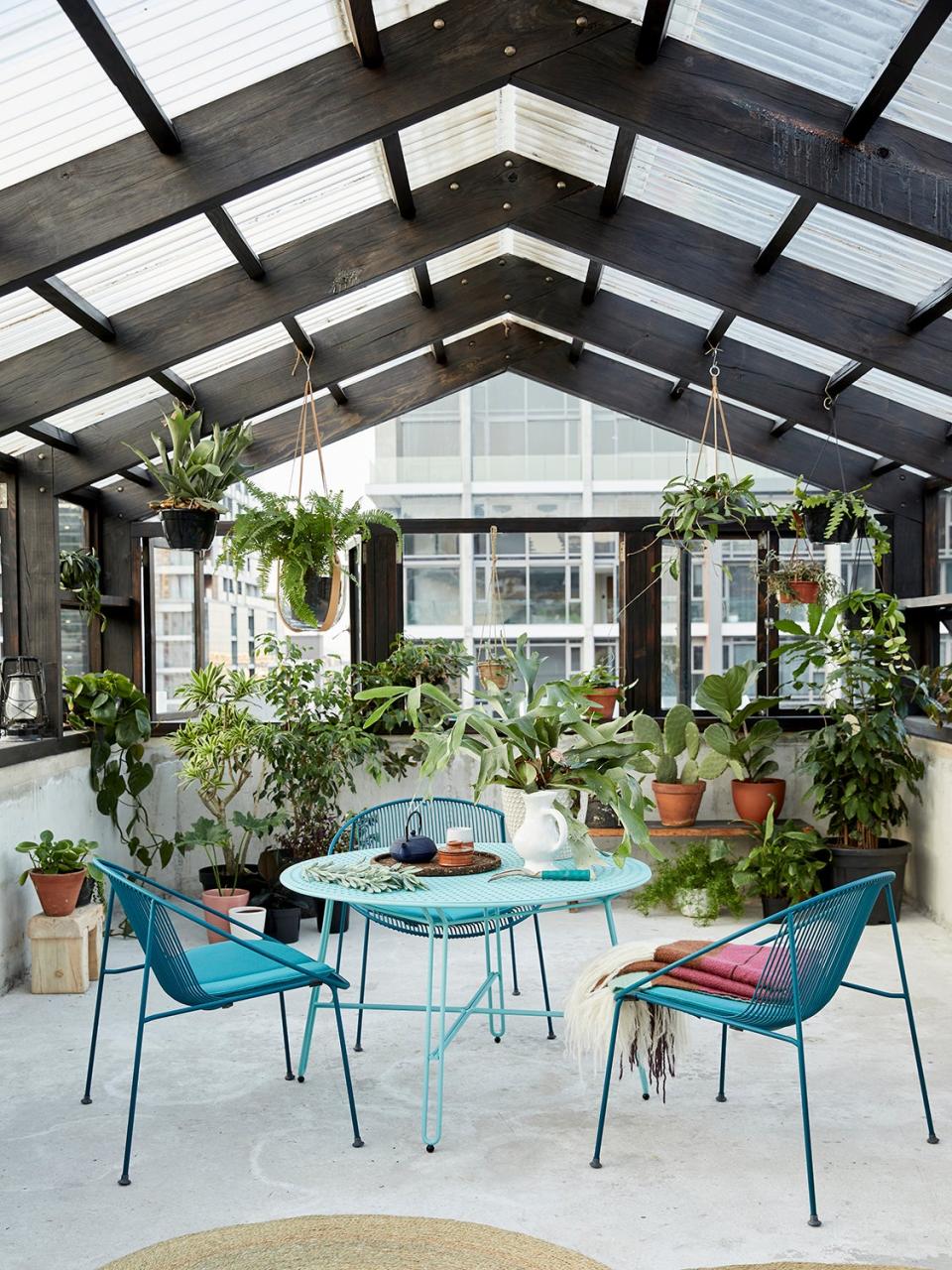
From the outside you’d never know it wasn’t an ordinary house. Wolf purposefully designed the facade of the building in keeping with the architecture of the area (an important factor in winning over some of his neighbors and local developers). The interior, though, suits the needs of the people who call it home. Wolf turned the ground floor into a hybrid work-live space. It’s primarily his architectural studio, but there is also a bed for when he stays the night (he spends most of his time out of town but frequently visits Bo-Kaap for meetings). For ultimate flexibility, the architect designed a “sleep pod”: a bed and closet on wheels that he can easily push in a corner when clients are over.
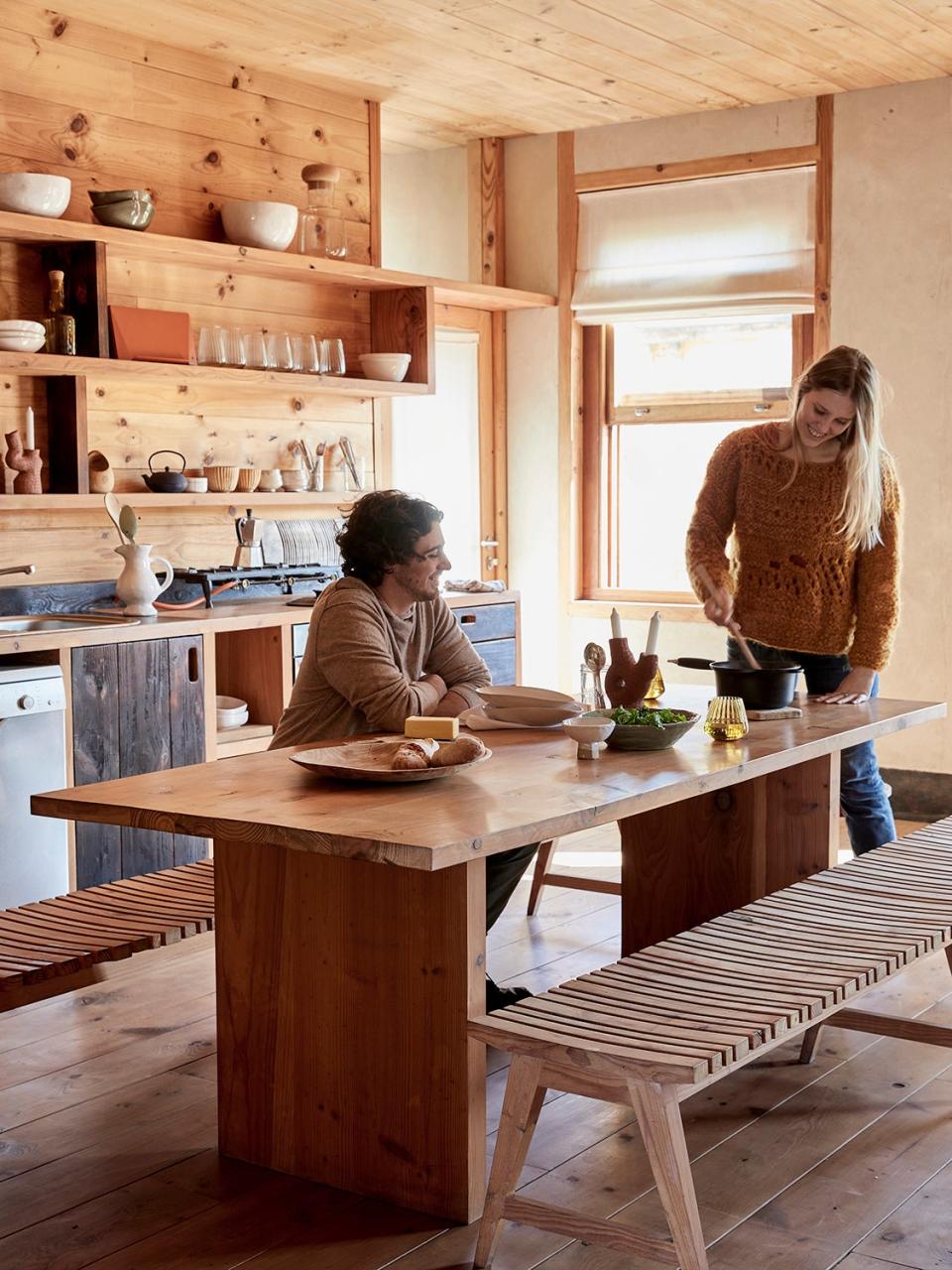
The second floor is shared by Wolf’s copywriter son, Jade Gadiner, and his chef friend, Tanya Cooper—the green thumb of the group. “I love to grow my own food as much as possible,” shares Cooper. While most of the interior wood has been left untouched, they stained the lower cabinets and backsplash in the kitchen, embracing uneven and exposed strokes and accentuating the handmade look. Throughout the space, mohair blankets by Frances V.H add a layer of coziness and color to an otherwise monochromatic setting.
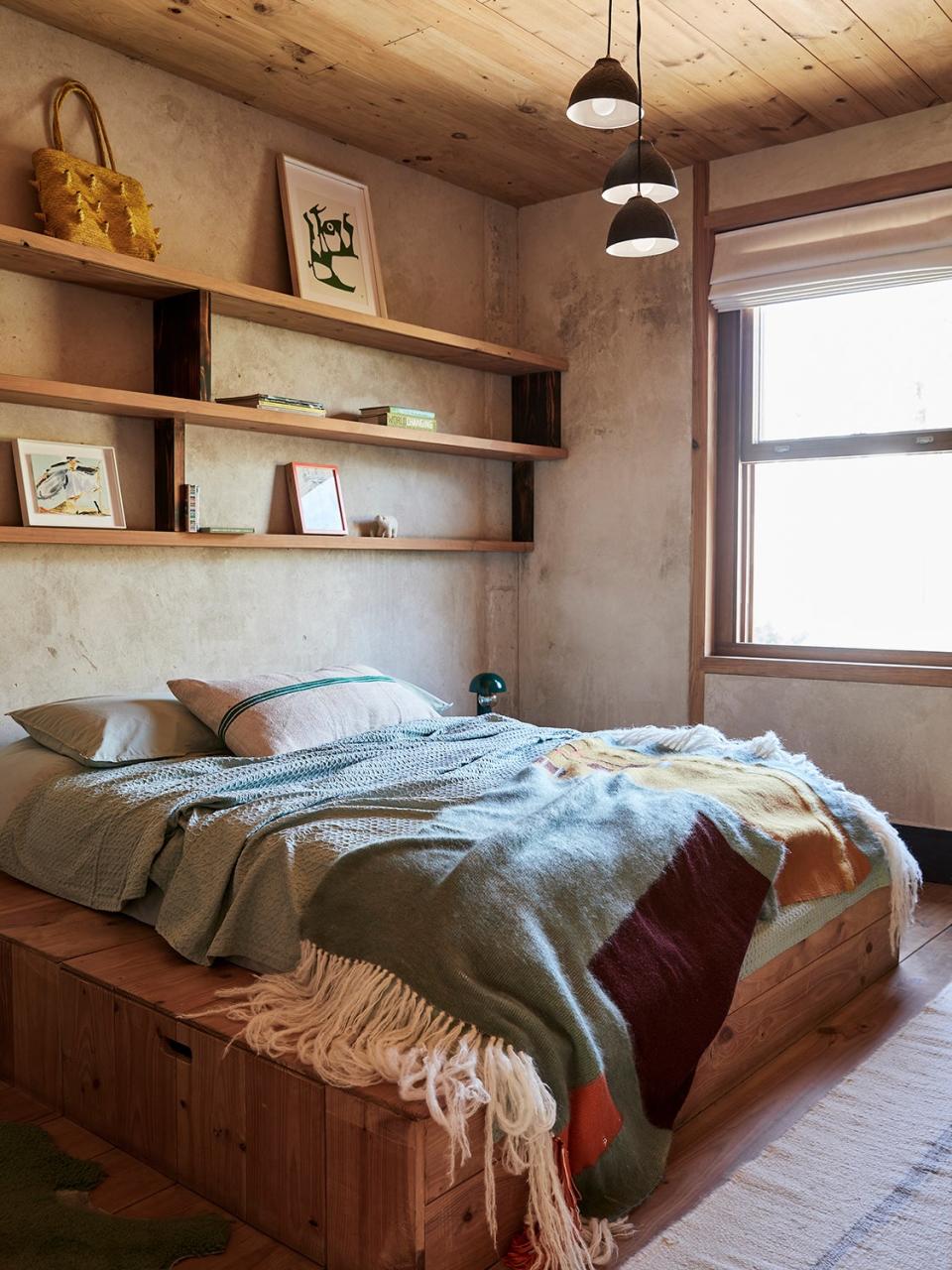

The largest pieces of furniture are designed for surplus things and people. In the bedrooms, Wolf situated the mattresses on platforms with cubbies underneath for extra linens. The built-in sofa in the living area maintains an uncluttered feel and doubles as an additional sleeping space when friends stay the night. Almost everything else, with the exception of the tables and benches, was sourced from local makers, like the cork stools by Laurie Wiid van Heerden of Wiid Design. “They’re tactile, handmade, and super-versatile,” notes Gardiner. Sometimes the best home finds come from the most unexpected materials.